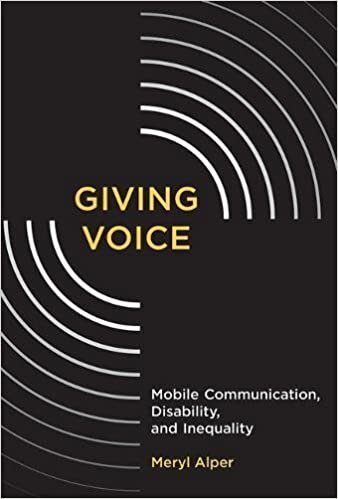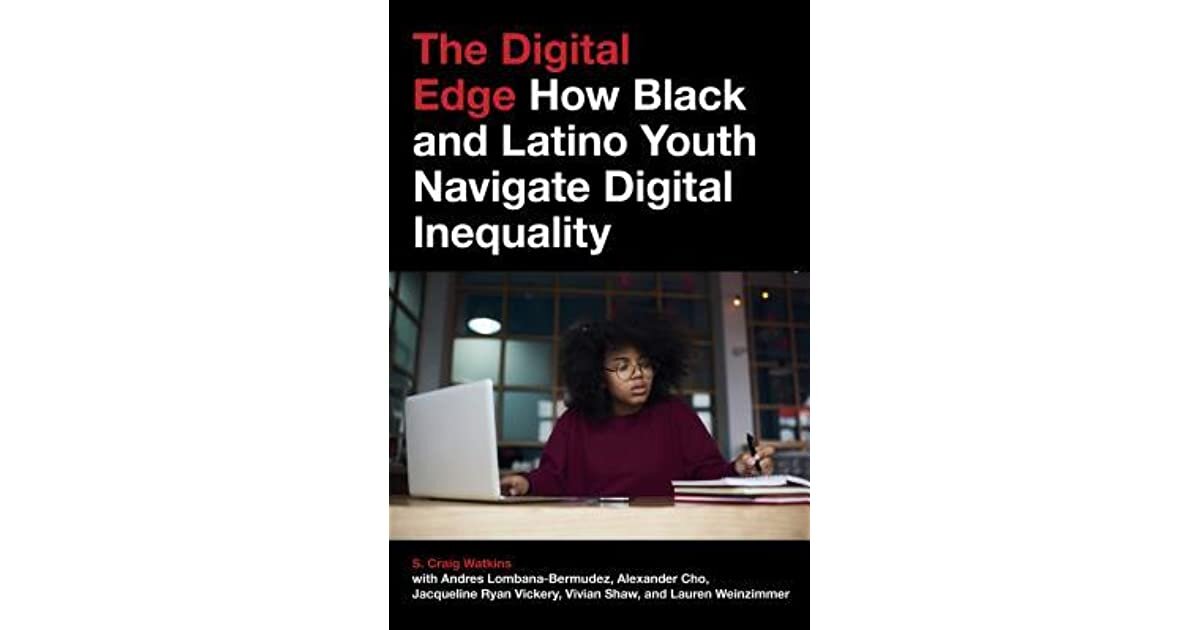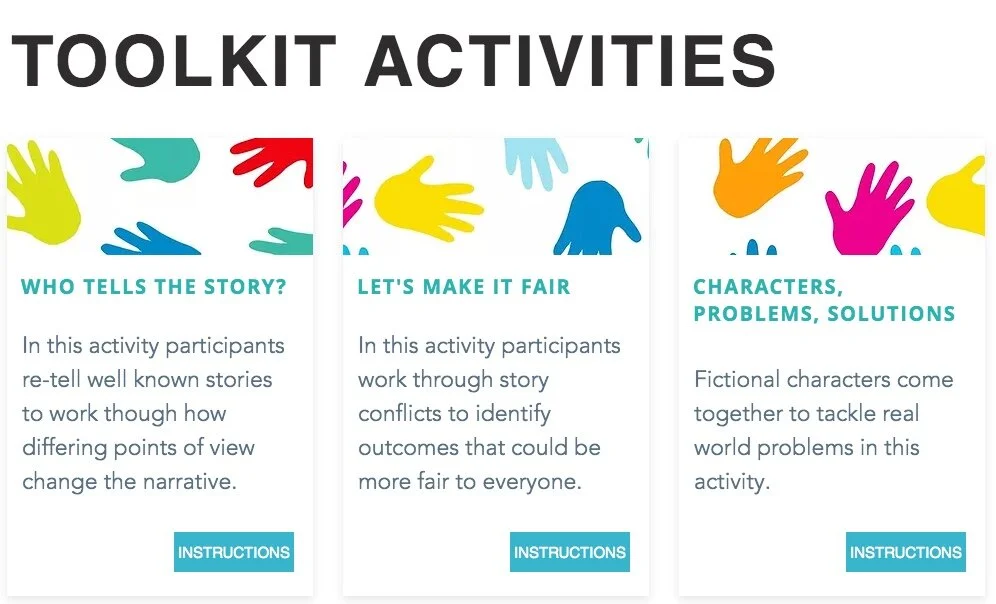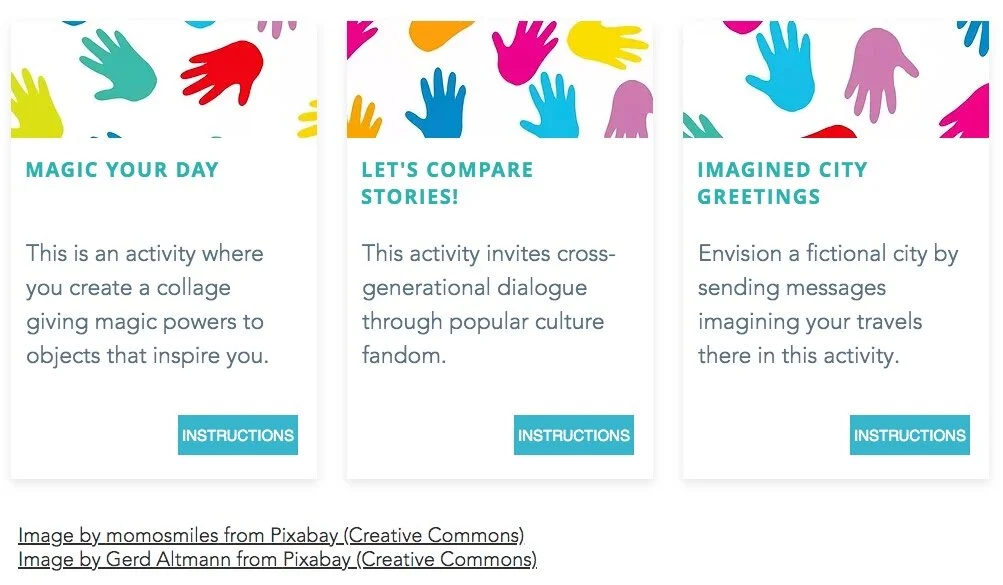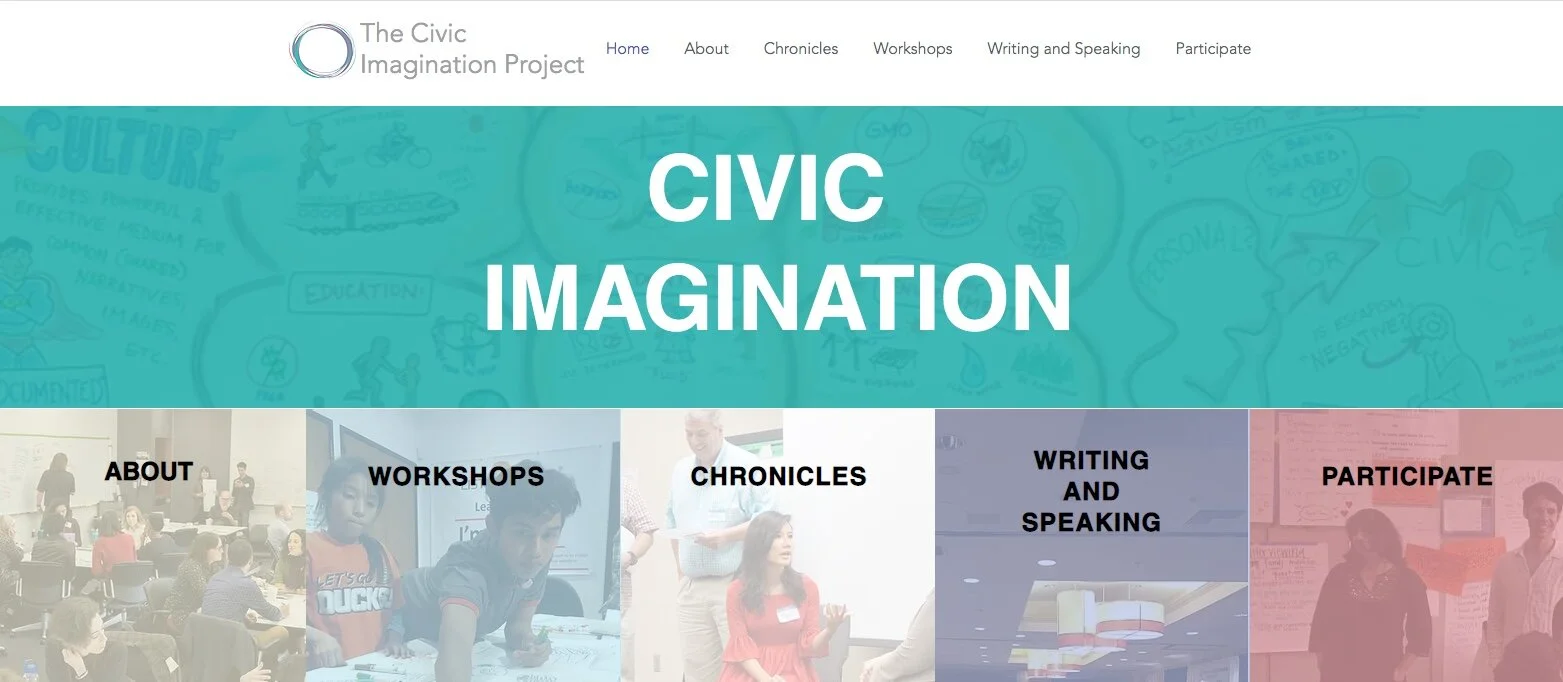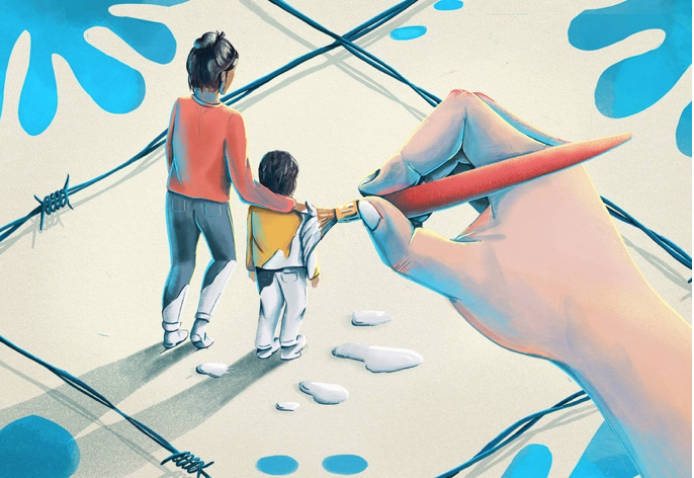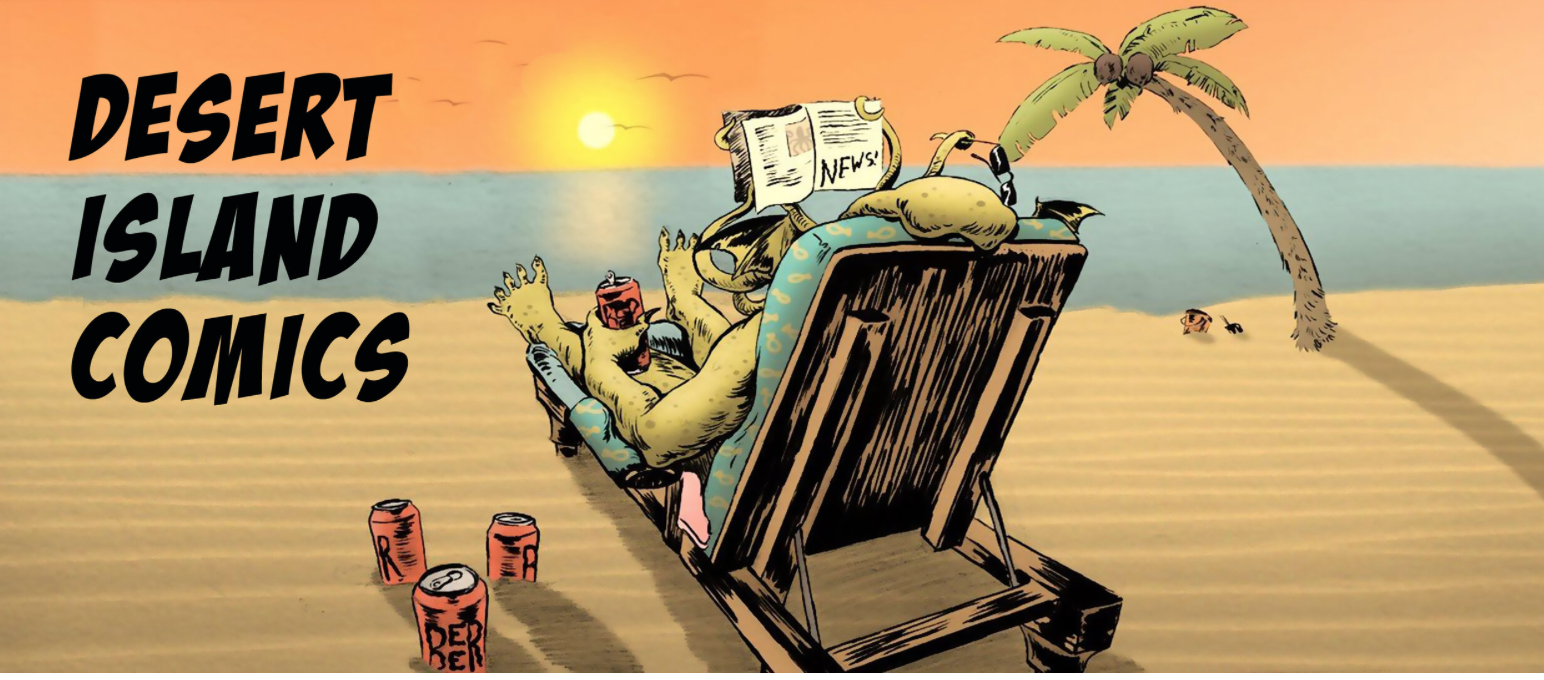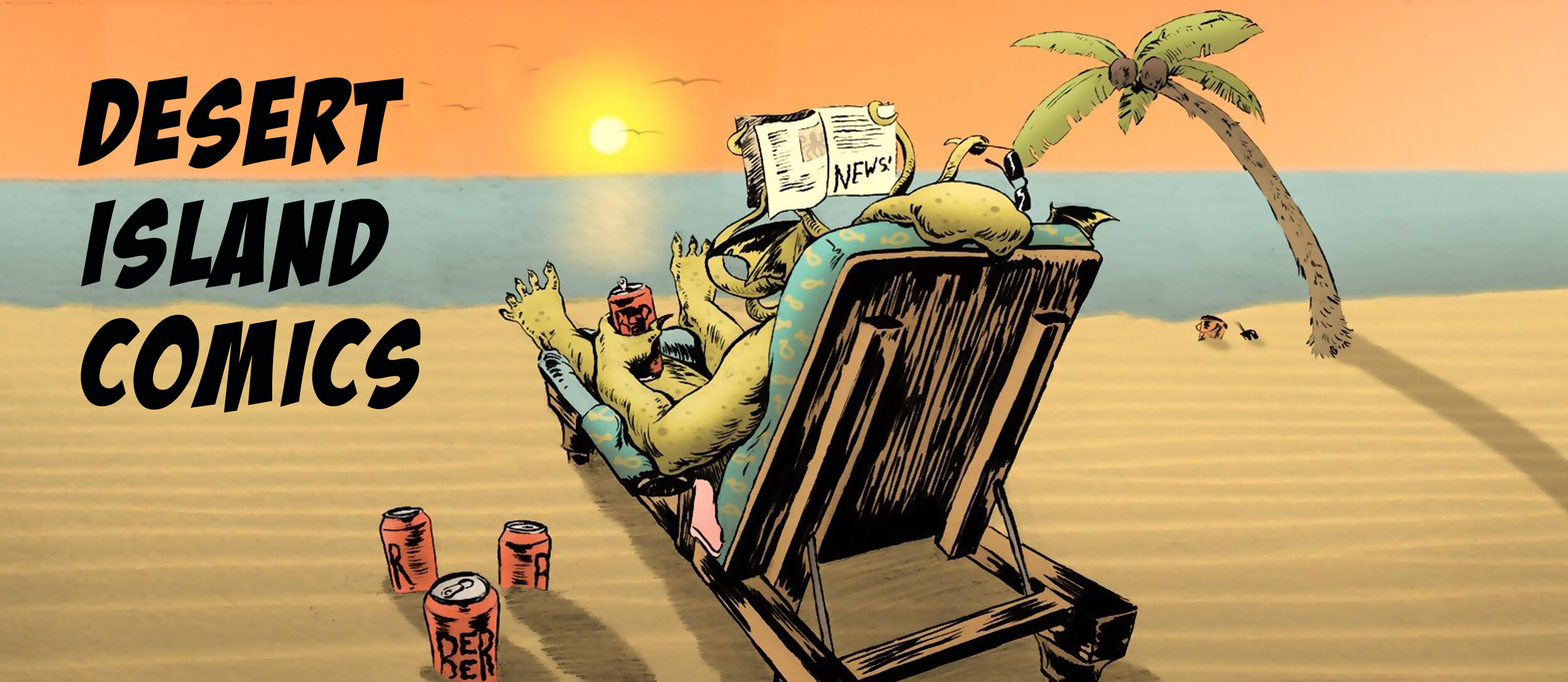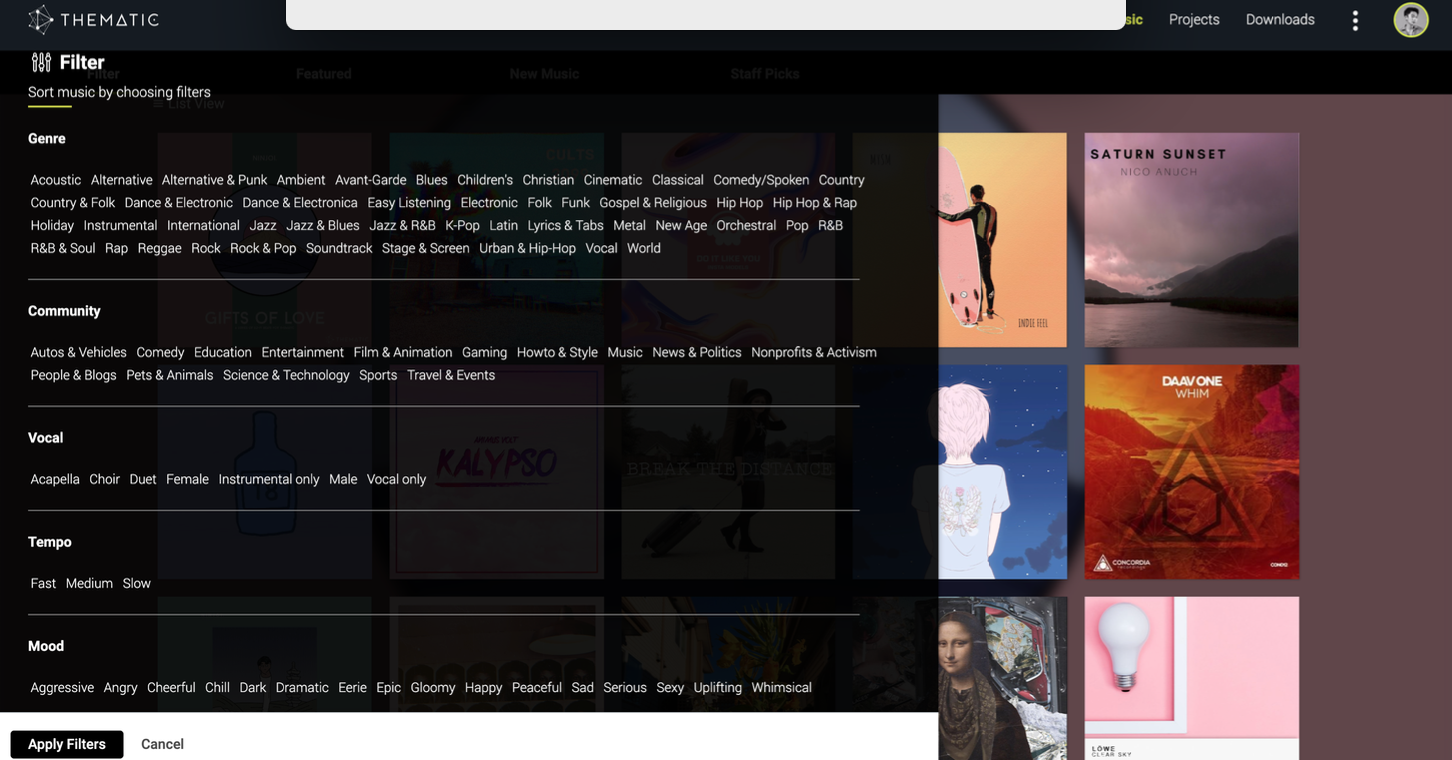Making Meaning of the Meanings We Make Online: An Interview with Robert Kozinets (Part One)
/Imagine a time when the Earth (or at least the Web) was young, when academic research on things digital was almost nonexistent, and when I had just published my first book, Textual Poachers: Television Fans and Participatory Culture. A young Canadian researcher reached out to me about work he was doing on Star Trek fandom, we developed a friendship online, and ultimately I was flown in to serve as an advisor on his dissertation, probably the first dissertation I ever served on. Through his work, I discovered this whole parallel universe of folks who were applying techniques I associated with cultural studies to the understanding of consumer culture within the business school realm.
Robert Kozinets and I have maintained a friendship which now spans three decades. He has become an intellectual leader, modeling the methods and applications of what he calls “netnography,”" and we have ended up together at the University of Southern California where we co-taught a course in the spring focused on brand communities and fan communities. We were able to tap both of our networks to bring in a fascinating array of industry people who work with fans across diverse media sectors from sports to popular music, from action figures to religion.
I recently was interviewed by him for a podcast and so I asked him to return the favor. He had no idea what he was getting himself into Across this epic interview, Kozinets explains some of the methodological and ethical issues he negotiates as he applies netnographic approaches to understanding consumer culture.
Let’s start with a core definition. What do you mean by netnography? How do you situate it in the larger traditions of ethnography? What changes when we bring the Net into the equation?
The definition and the situation of netnography are both moving targets. They’ve been evolving since day one. Currently, there are four elements that distinguish netnography. First, it shares the cultural and contextualized focus of ethnography. Next, it uses social media data, which can mean data that come from, or are produced about, social media. Third, it requires an immersive engagement, an ethnographic reflective type of personal involvement in the social media phenomenon. Finally, I find it important to emphasize that netnography is a procedural approach to performing qualitative social media research. It encompasses a set of general instructions that relate specific ways to conduct qualitative social media research using a combination of different research practices, grouped into six overlapping movements. As you can tell from these four elements, the cultural and contextualized approach and the reflective type of immersion are both directly related to ethnographic traditions that stretch back to Malinowski and probably well before him. But the exact procedures change. Knowing the ethical practice of ethnography, for example, tells you very little about how to handle data ethics and GDPR regulations in netnography today. Knowing how to handle cultural entrée in an ethnography doesn’t help you much as you try to find good places where you can find relevant cultural data online. And, in the long run, it seems that some ethnographic notions for judging quality, such as duration and intensity, don’t apply or don’t apply the same way when you are sitting at home on your phone or computer to do cultural research, rather than being out in a physically embodied site meeting people eye-to-eye. So, when we bring the Net into the cultural research equation, a lot of things change: access to data becomes much simpler, amounts of data magnify like crazy, the type of data and the modes of transcript and analysis change, and many of the rules of embodied ethnography either need to be adapted or set aside for ones that make more sense.
Early in the book, you spend some time discussing the ways that netnography engages with “online traces.” How does the concept of a “trace” differ from other words often used in this context, from “data” to “case studies” to “artifacts”? What does this suggest about the temporality of netnography? A traditional ethnographer might provide a thick description of a meaningful moment or talk about a culturally resonant narrative, but for the most part, they are discussing things they observed in real time as opposed to something they can recover after the fact.
I struggled with the meaning of data. I’d been using it somewhat unreflectively and I thought that it required a bit of philosophizing to really understand what it meant in the context of online research. The conclusion I came to was that it might be important to recognize that data happen when some sort of informational raw material come into contact with someone who is selecting and collecting them for a particular purpose, a particular project. So, when people do things like post messages or videos, like or reply to comments, those are traces, online traces. Those things don’t become data until someone collects them for a purpose, some objective or goal that someone has. Data implies purpose.
Online traces are a kind of digital artifact, in a socio-archaeological sense. But something like pressing a like button can leave a pretty low-commitment artifact, right? All of them are interesting. The footprints in an archaeological site probably tell you more about what happened to the everyday people there than what the scribes chose to carve in stone.
A case study I would think about as a very different and much more macro concept. It is related to the completeness of the entire site of investigation. But an online trace is something left behind that a researcher can scoop up, save, and study. Think about animal behaviorists out in the wild, taking casts of paw prints, samples of spoor, and photos of clawed trees and trying to reconstruct what animal was here, what they did, and where they went. The online traces are snapshots and, in that way, they are like artifacts left behind. They allow us to glimpse into the past, see the pathways of the masses who stopped to scoop or squat or whatever. That can be a very fresh past, as with comments and posts that were left today, or it can go back in time, sometimes years or decades. But tracing long-ago traces is certainly not the only tool the netnographer has. The researcher can also elicit data in live interaction with people, either online or off, synchronously or asynchronously, individually or in groups, as part of their study. In that way, the netnography can have those same meaningful moments, can relate those online conversations or exchanges that were observed in real time as well. And the immersion notes of the netnographer can capture those moments right after they occur, just as an ethnographer’s trusty fieldnotes would do. Downloading online traces is just one aspect of doing a netnography, although often it is viewed as the most emblematic one.
You were there quite early on in terms of the applications of ethnographic methods for understanding online social interactions. What were some of the biggest challenges we faced early on? And to what degree does netnography provide a more fully developed set of protocols for addressing those challenges?
I like that you are asking me by saying “we faced”, since you were a trailblazer in whose footsteps I followed. I guess the biggest challenge early on was just the open space and blue sky. These worlds were opening up in front of us and there were very few maps or guides to what we should do in order to be rigorous. I found a few anthropologists who were considering that online work might be interesting, but there was very little methodological description or advice out there (Luciano Paccagnella’s Journal of Computer-Mediated Communicationarticle was a very helpful and notable exception). I think we all fell into a bit of a trap in thinking that because an aspect of ethnography worked well and meant something in the in-person context, it would work well and mean the same thing in the online context. There are numerous aspects, but two big ones I’m thinking of are fieldsites and participation. What does it mean to participate in an ethnography when the cultural action is happening, partially or even wholly, online? What does it mean to engage with an ethnographic field when the field is behind your screen? As a field, this emerging sense of social media studies or Internet studies was grappling with what was going on in ways that, looking back, may not have been so productive. We were using the term community to refer to online discourse, and often that term wasn’t particularly reflexive or accurate. We were using terms like cyberspace, and other spatial and place-based metaphors that hung onto past conceptions and clouded the way we saw how these communications and systems were developing at the early points. Many of us were naïve about the commercialization and commodification potentials of these new communication forms as they developed. So, we were hobbled a bit by our own preconceptions, language use, and lack of guidance. And added to that, starting in the early 2000s as blogs started to develop and then social networking sites like Friendster began growing, there was this incredible explosion of user growth and diversity, and a lack of conceptual and methodological agreements about what to call things and how to study them. So, add this incredibly dynamism, which continues on steroids today, into the mix.
Netnography is still reeling, still adapting, still evolving. It will never be “fully developed”. It will always be under development, like a piece of software that needs regular updating. And the short answer to your question about providing protocols to address these challenges is that people doing netnography publish and share their adaptations, and use each other’s work. The approach is open source and crowdsourced, as a scientific technique should always be. It has to be as dynamic and flexible as the rapidly changing phenomena it tries to understand, but it builds from a base of agree upon, proven, operations and steps. That base-setting task happens when researchers across many fields, including but absolutely not limited to me, write about the method and the way it has been used, looking back at what others have done, consolidating and trying to organize it, and provide specific foundations for others to breach and build upon again. That is the topic of my next book, Netnography Unlimited, which is a volume that Rossella Gambetti and I have edited. It features work by 32 different researchers and scholars, including several in industry, in 19 different chapters examining how they have adapted and altered netnography to the investigative task at hand.
Robert V. Kozinets is the Jayne and Hans Hufschmid Chair of Strategic Public Relations at USC Annenberg, a position he shares with the USC Marshall School of Business. Previously, he has been a marketing professor at Northwestern University’s Kellogg School of Management, the University of Wisconsin-Madison’s Wisconsin School of Business, and York University’s Schulich School of Business.
His mission at USC is to build academic and popular understanding about the social and economic impacts of our new digital communications systems. In particular, his most recent research investigates the cultural effects of new technologies of personal and corporate branding. Rob is a globally recognized expert on social media, marketing, branding and innovation. In 1995, during his dissertation work on media fan communities, he invented the method of netnography, which adapts the anthropological approach of ethnography to work with the many types of social experience and interaction that emerge through networked digital communications. In the two decades since he first created and shared this new method, netnography has been adopted by academic researchers working in computer science, sociology, geography, library sciences, nursing, health sciences, psychology, addiction research, anthropology, marketing and consumer research. His research examines topics such as social branding, word-of-mouth marketing, themed retail spectacle, media consumption, technology ideologies, brand archetypes, utopian consumer culture, capitalist emancipation, and consumer activism through investigating sites such as Star Trek and Star Wars fandom, ESPN Zone, the American Girl brand, Wal-Mart, Volkswagen, mobile device use, digital social networks, and the Burning Man project.

















